Created by: Mike LoPumps and motors are essential in many applications.
Learn how to do selection for pump and motor from the working principles and fundamentals of fluid mechanics
What you’ll learn
Calculate losses in fluid flow in pipes
Pump selection and sizing
Motor selection and sizing
Efficiency considerations and motor installation
Requirements
Basic maths and physics
Description
**Updated (May 2020) new course content with able reference catalogue for pumps and motors and a set of formula list**
However, they are often neglected, wrongly sized and overlooked on the efficiency. With an inefficient pumping system, you will be wasting precious energy every day!
In the first two topics, I will go through the fundamentals first, right from fluid mechanic theories such as Bernoulli and Energy Equation, and how to relate the theories to real life application. You will also learn how to plot the system curve, interpret a pump curve and size a suitable pump for your application.
In the next two topics, you will learn how to calculate motor input power, motor output power, motor efficiency, interpret the motor name plate and finally size a motor for a particular pump application. You will also learn how to detee and optimize the whole motor driven system.
Please join me in this exciting journey and i hope to see you soon!
⭐⭐⭐⭐⭐Some 5 stars reviews from the students:
“Very useful and practical course.” – 홍해일
“yes is was informative and and will assist with practical applications in the field” -Scott Gale
“This course its very important for me because i need after fished this course i can make a friction calculation and i can make pump selection.” -Hany Hafez Eltawila
“It is informative and Abbreviated” -Seif Kushha
“Great review of fluid dynamics course” -Sayat Zabikh
Learning Outcomes and Content
1) Losses in fluid flow in pipes
Explain frictional and minor losses in pipe flow
Apply the energy equation and system characteristics in a flow system
Evaluate pipe flow with losses using the energy equation
2) Pump selection and sizing
Explain the balance of pump and system characteristics
Select pumps for maximum efficiency by applying pump selection and sizing procedure
Assess the operating conditions in pump systems
3) Motor selection and sizing
Describe the basic configuration of a motor-driven system
Explain the various types of load characteristics and how they affect motor selection and sizing
Select motors for maximum efficiency by applying motor selection and sizing procedure
Assess the operating conditions in pump systems
4) Efficiency considerations and motor installation
Explain the various losses and efficiencies in a motor-driven system
Examine the various methods of efficiency improvement in motor-driven systems
Describe the importance of proper mounting and alignment in motor-driven systems
Describe the methods of alignment between motor and load
Describe the considerations for motor replacement and rewinding
Who this course is for:
Eeering student
Facilities eeer
Building eeer
Pump eeer
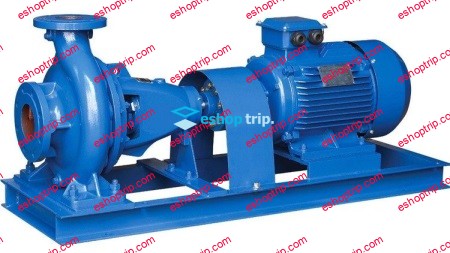

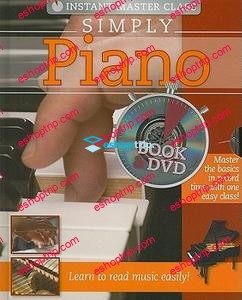
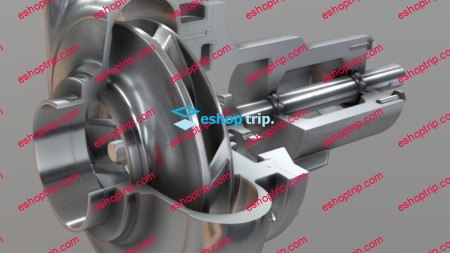

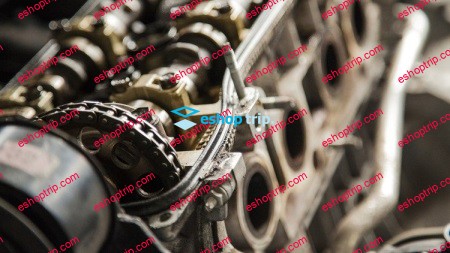

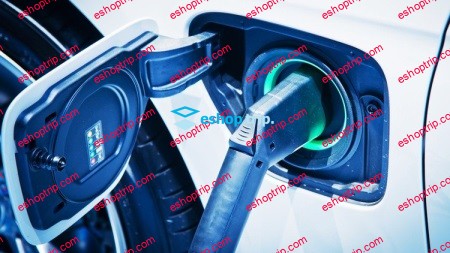


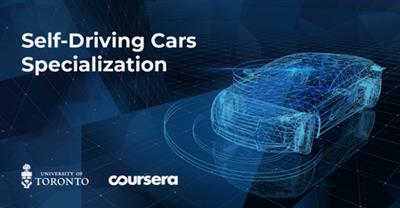
Reviews
There are no reviews yet.